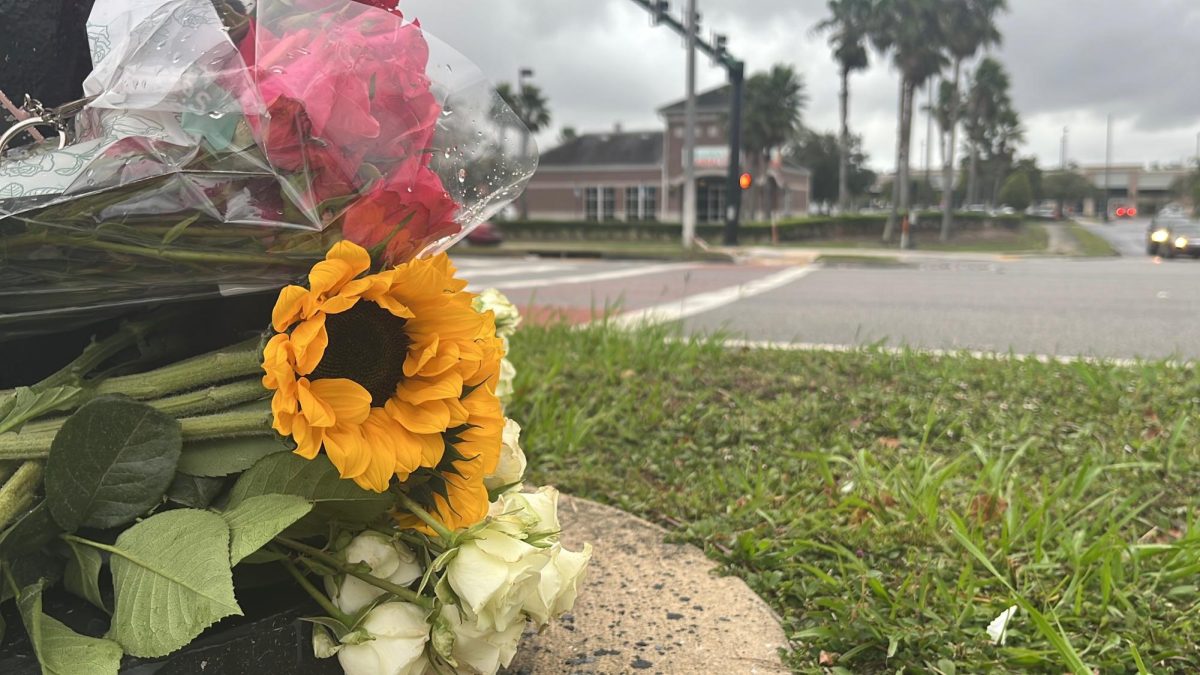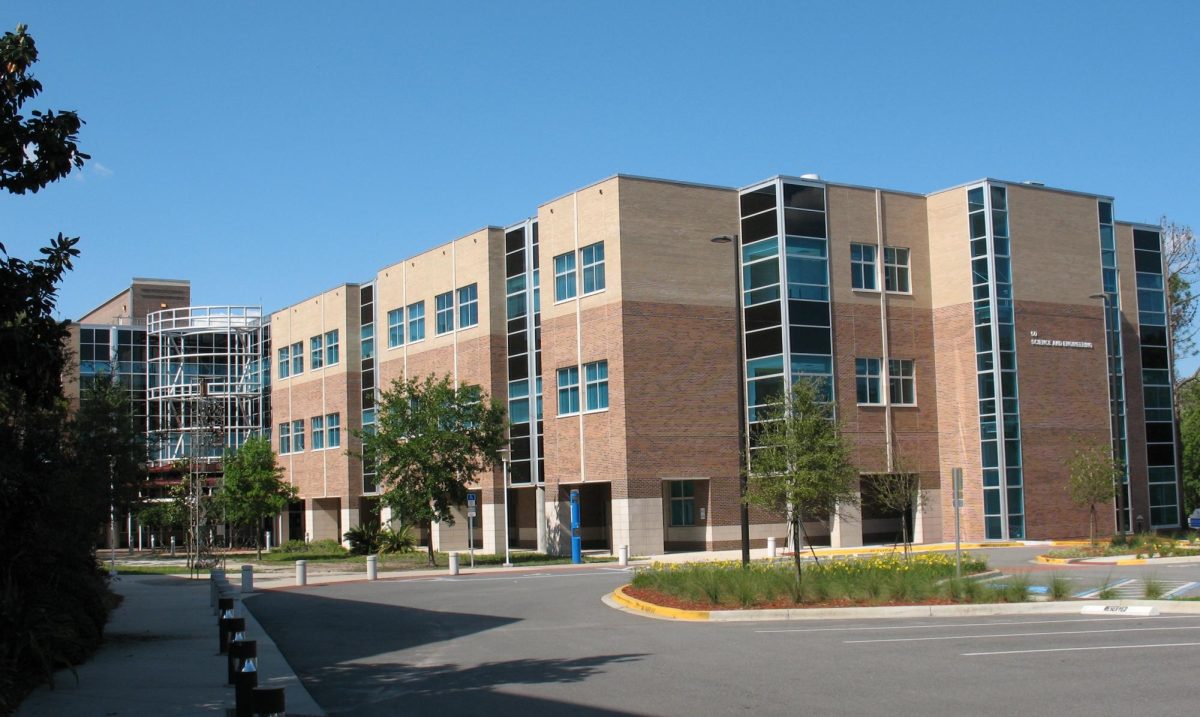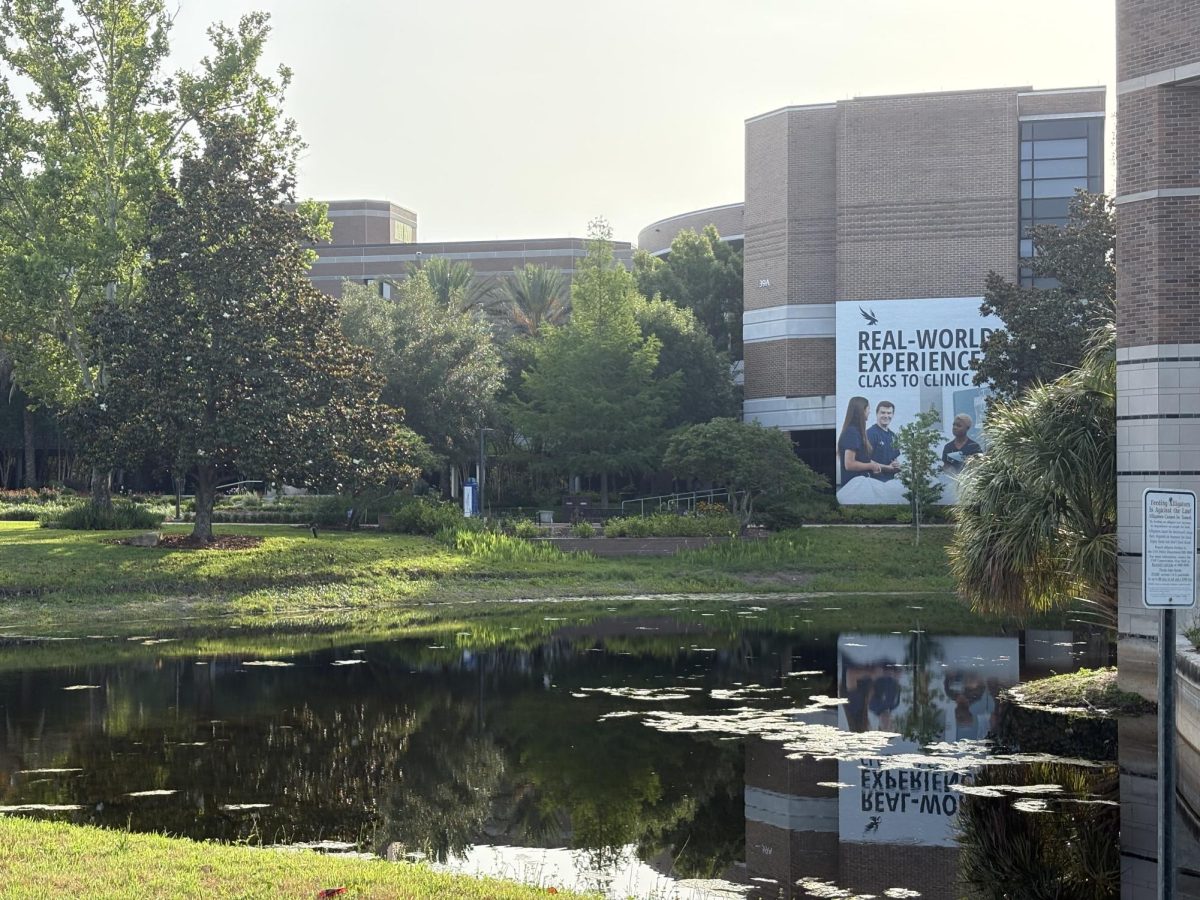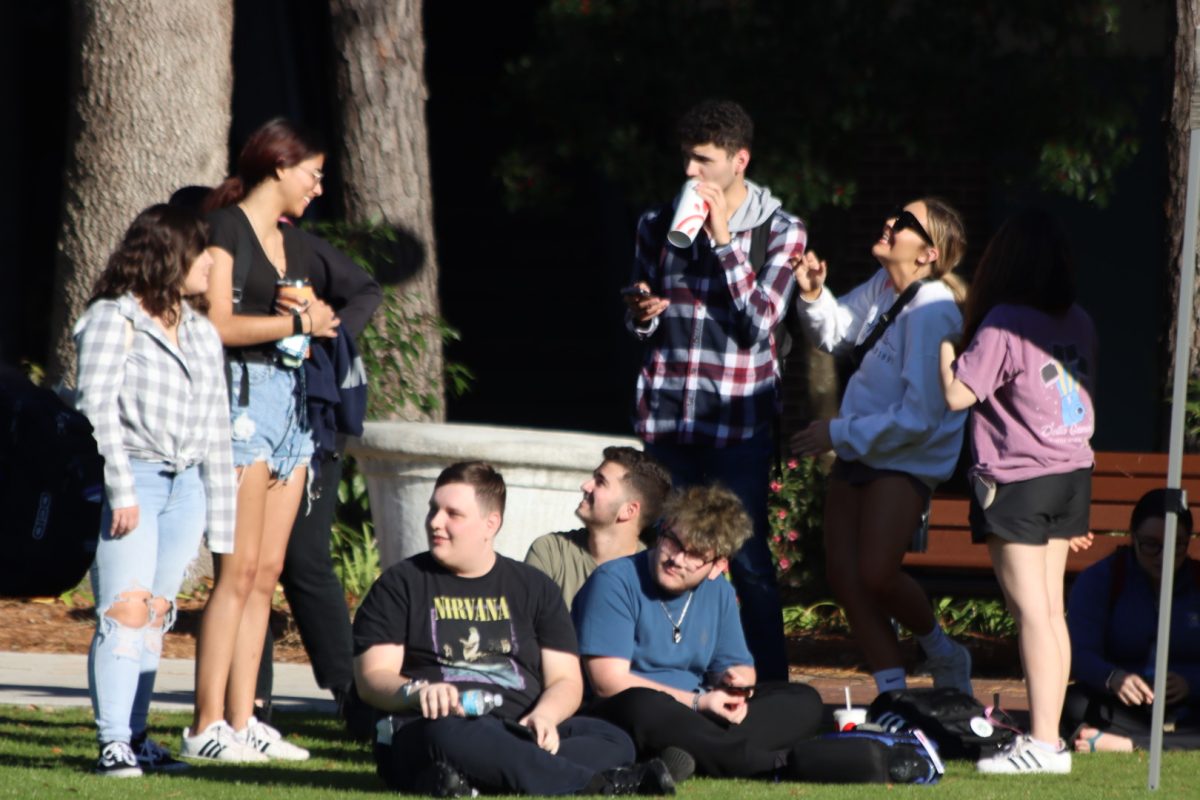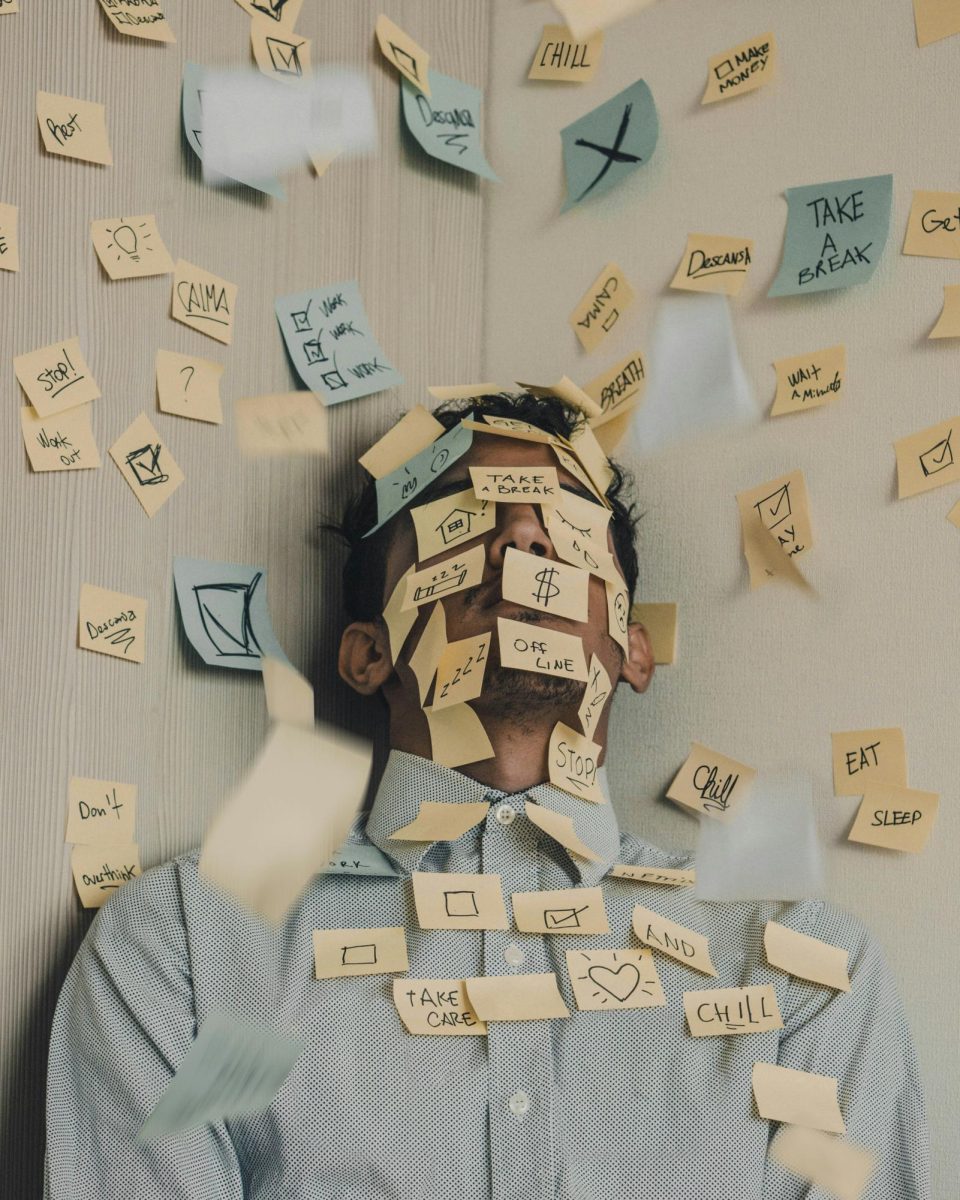ASMR has made its way to the University of North Florida’s Thomas G. Carpenter Library, and the two librarians behind the videos said they hope this new resource will help students during stressful times.
Scientifically known as the Autonomous Sensory Meridian Response, ASMR social media content has exploded in recent years.
Videos on YouTube and TikTok depict creators tapping, scratching and whispering into ultra-sensitive microphones to trigger the pleasant, calming “ASMR” sensation
Jennifer Allen coined the term “ASMR” in 2010 to describe the calming sensations that various audio and visual stimuli can provide. Since then, it has only grown in popularity due to its ability to alleviate stress as a meditation or a sleep aid.
ASMR “triggers” typically involve either audio or visual stimuli, such as tapping on a microphone or gentle hand movements in front of the camera.
Rebecca Maynite and Beryl White-Bing, who work at UNF’s library, create ASMR content there to promote mindfulness among students.
The videos on the Thomas G. Carpenter Library’s YouTube channel feature everything from whispered graphic novel recommendations to soft tapping on library equipment like calculators and phone chargers.
“I’m not a user of [ASMR], but Rebecca uses it every day,” White-Bing said.
White-Bing and Maynite started discussing creating library ASMR videos together and eventually presented their idea at a library conference.
White-Bing created the “mindfulness libguide,” a UNF webpage that helps students practice mindfulness during stressful situations.
“We have a lot of … resources in the library that aren’t really being used by students,” she said.
The webpage features meditation, yoga tips and a calming breathing exercise diagram.
Maynite discovered ASMR in 2012 and is now an avid user of the videos.
“I started using [ASMR] years and years ago … when I was in graduate school,” she said. “I was using it to relax and destress … it was really effective for me—it still is.”
While there is scarce research surrounding the scientific merit of ASMR, according to Maynite, many “ASMRtists” hope for more research to be done in the field.
“There’s been a push by a lot of ASMRtists for more research surrounding it,” she said. “I don’t think it’s a … proven phenomenon, but it’s a thing a lot of people agree that they experience.”
“It just really puts me in a relaxed state,” Maynite said. “It relaxes you and helps take your mind off other things.”
According to White-Bing, plenty of other mindfulness resources besides the ASMR videos are available in the library.
“We have the ASMR videos, the resources in the library [and] the Virtual Learning Center has VR experiences for meditation,” she said.
Along with these resources, White-Bing also mentioned the variety of board games available to students and the library’s Nintendo Switch.
“We had some technical difficulties with the recording studio,” White-Bing said. “We were having problems with our video being choppy.”
Only a few ASMR videos are on the channel now, but White-Bing and Maynite plan to continue their efforts.
___
For more information or news tips, or if you see an error in this story or have any compliments or concerns, contact editor@unfspinnaker.com.








